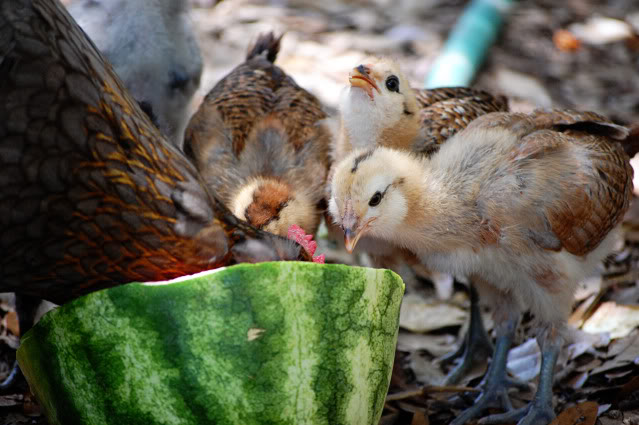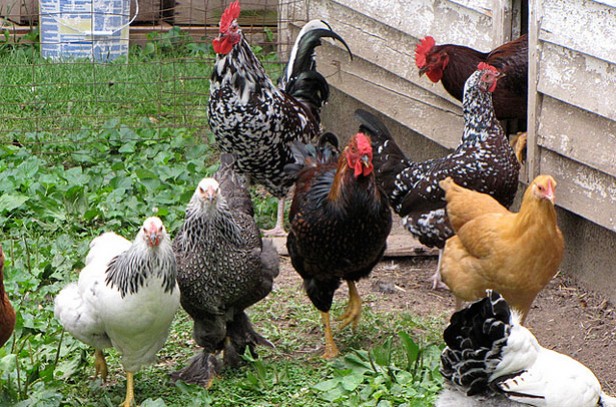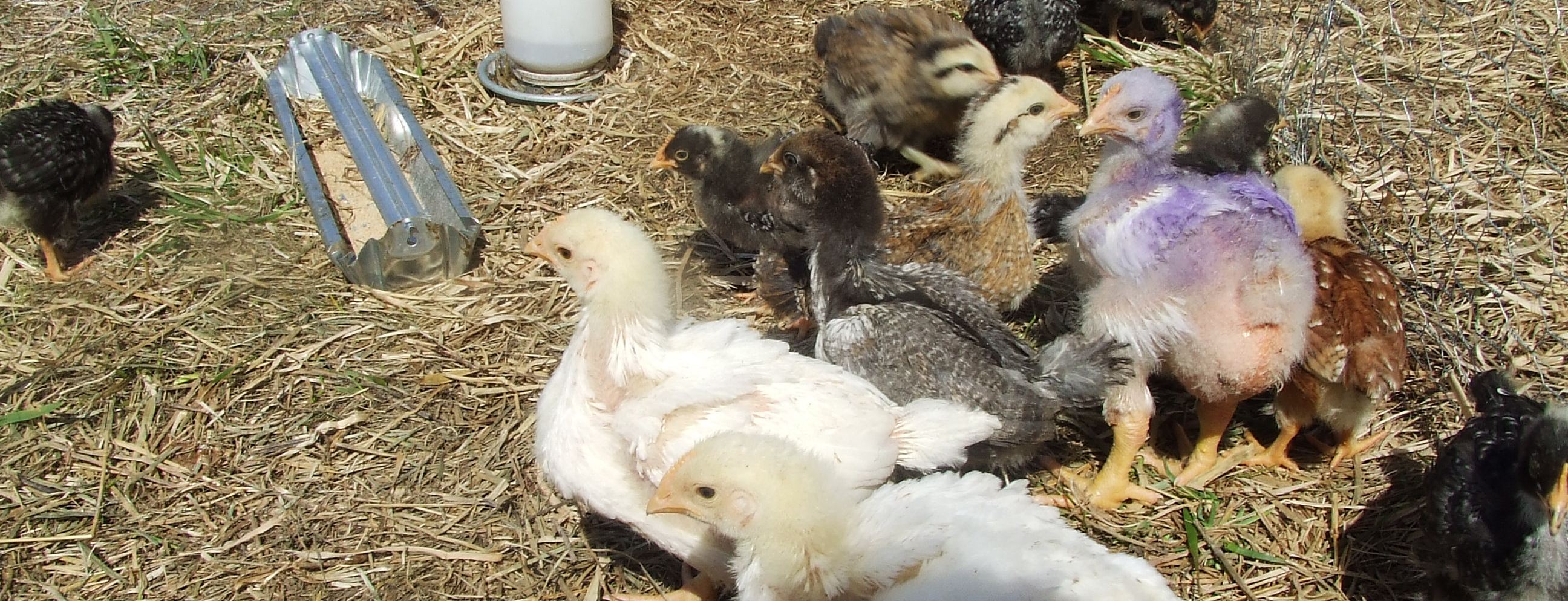Each of the united state regions is now broiling – wonder why the heat wave seems to have adored this place. Humans have ample amount of ways to counter this igneous heat but what about the animals around? I am being specific about our backyards fellows and other feathered creatures because they are absolutely innocent and rely on us for …
Read More »Tag Archives: raising backyard chickens
10 Tips for keeping chickens warm in the cold weather
With the start of the winter season, it is vital for the people who manage a backyard Chicken coop or are in the poultry business to take necessary steps to ensure the health and hygiene of their Chickens. So it’s important for them to understand the precautionary measures needed for raising Chickens in winter. As the winter season kicks off, …
Read More »10 Best Egg Laying Chickens To Keep In Your Backyard
Poultry birds have been domesticated for thousands of years now. These birds have existed since times when the process of selective breeding was first initiated by man. The physical and physiological traits that are used for classifying and categorizing chicken breeds are size, skin color, levels and amounts of feathering, the color of the egg and plumage color. In the …
Read More »Fundamentals of Pastured Poultry System
Pasture poultry can be defined as a mechanism or method of raising poultry for the purpose of meat, pastured eggs or just for pleasure by making use of some pasture management system. No matter which form of poultry system you plan to use, you would initially begin by bringing up the chickens making use of the conventional methods and then …
Read More »Raising Chickens for Dummies
Raising chickens for dummies is quite an easy process, but only if you make use of some expert advice and specialized measures for the betterment of the animals in the farmhouse environment. There are some useful techniques and tips which might come in handy in bringing up chickens in the best manner possible. More or less, the tips I would …
Read More »6 considerations for building chicken coop nesting boxes
One of the nature’s most prime and useful product can be availed from the use of the nesting boxes. When it comes to the process of raising backyard chicken, numerous dimensions and factors might demand your utmost attention. The eggs that are bought from the stores are quite different from the ones you obtain from the home based settings. The …
Read More »




